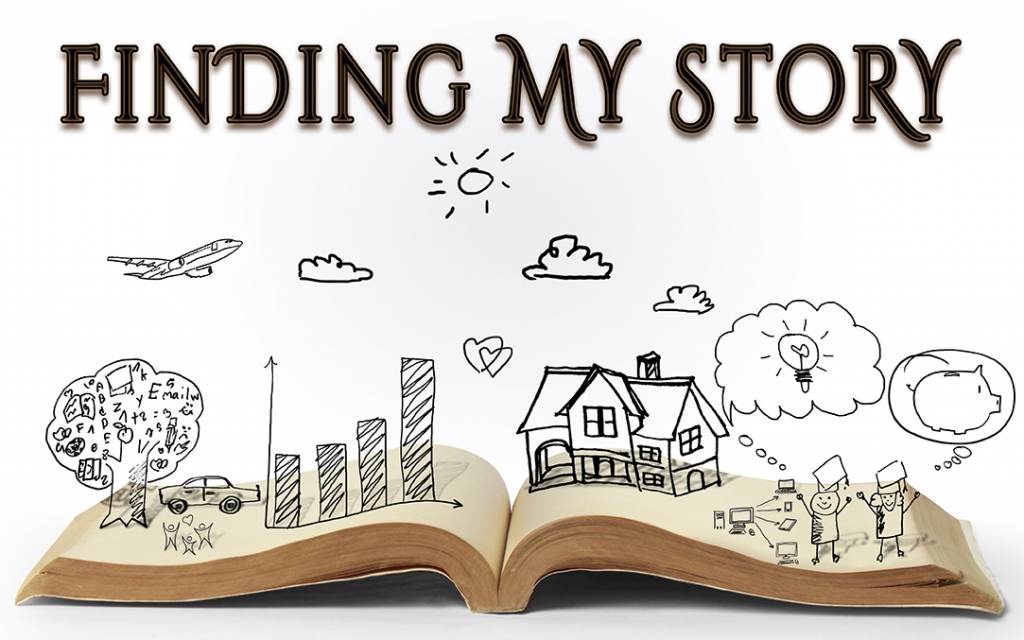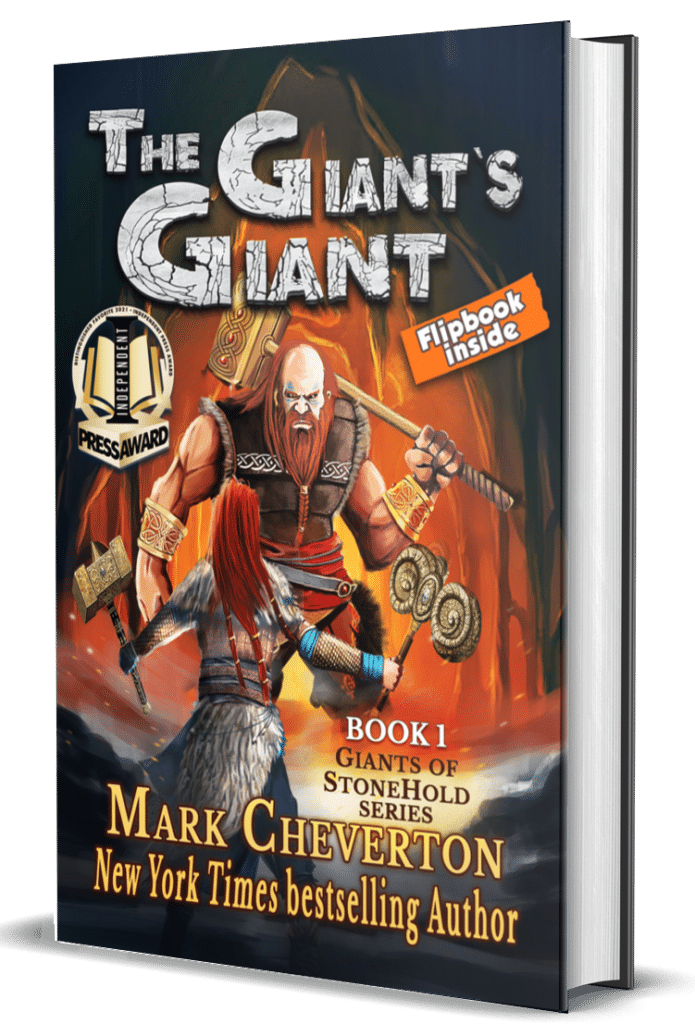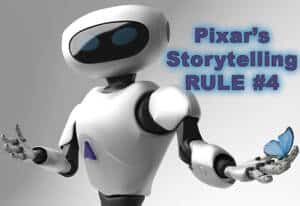
I’m writing a new novel, well it’s not really a novel, it’s a story that will be within another story, you’ll learn more below. Whenever I’m starting a new book, I struggle.
Writing a Novel is Always a Terrifying Experience
- Have I run out of ideas?
- What if everyone realizes my stories aren’t very good?
- What if this next story is bad?
- Am I done with writing?
I always run through a list of self-doubts while I’m staring at the blank page. The funny thing is, it’s always the same list of fears; you’d think I’d learn this is just my own insecurities and I should just get over it. Well, that’s the thing with our insecurities . . . we believe them and carry them with us to everything we do. Anyway, part of my process when I’m writing a novel is to go through these self-doubts and get a little depressed because:
There is nothing more terrifying to an author than the blank page.
In my moments of self-induced depression, after staring at the blank page or a day or two, I decide it’s time for me to get something going because the deadline is out there and I’m burning daylight, as the saying goes. When I first started writing my Minecraft novels, I would usually focus on the plot first, then figure out what the character’s internal struggle second. After writing so many novels, I realized somewhere along the way that this was a mistake. I was able to create a better product if I focused on the protagonist’s character arc and the story’s theme first, and then developed the plot to support them.
Key #1: What are Character Arc and Theme?
Character arc is the internal journey of your protagonist. It addresses what your character needs rather than what they want. The character arc represents what the character will learn and how they will grow throughout the story.
Theme is what the story is really about. This is the central idea that the author is trying to convey to the reader.
I’ve finished writing a novel right now; in fact, it’s in the hands of my editor, but I need to add this secondary story and I’m struggling to get it off the ground. This story will be incorporated into Book 2 of The Giants of StoneHold series. The book is called The Giant’s Sacrifice, and this story will be a secondary storyline running parallel to the main story of the book. It will be presented to the reader in the form of historical documents and diary entries, just like I did in The Giant’s Giant. And yes, there will be a flipbook in The Giant’s Sacrifice!
When I’m thinking about writing a novel, after my two mandatory days of self-imposed depression and doubt and recriminations about how I suck as a writer, I’ve learned to focus on the theme first. There have been times that I just come up blank on the theme and the deadline is stalking me. In those instances, I have to start writing so that I can get the book done and get it to the editor on time.
Typically, I am able to discover what the story is about while I’m writing it. Something is triggered in my head, and realization dawns on me . . . “Oh, this book is about facing your fears.” But once I’ve discovered the theme, I need to go back and make sure it is reinforced in the protagonist and in the plot – I end up doing a lot of rewriting, something I don’t like. Finding the theme first is always a better plan.
Key #2: How Do I Find the Story’s Theme?
In chasing theme, I think about my main character. I’ve written a little bit about her backstory, not very much, just so I know who he is. I always think about what the character wants,  and what does he need. Want will lead to the Plot. Need will lead to the Theme.
and what does he need. Want will lead to the Plot. Need will lead to the Theme.
In my recent book, The Giant’s Giant, my main character, Brianna TwoHammers, WANTS to stop the villain, Klystron. As a result, she follows him and the prisoners he’s kidnapped to the GreatFalls
(Niagara Falls) in order to stop him and rescue her friends.
But what she NEEDS is to learn how to deal with the grief and self-imposed guilt that has been ravaging her soul – this leads to her character arc and the theme of the story: You aren’t responsible for other peoples’ choices.
If you are struggling with writing a novel, you should think about what your character needs – make a list. So here’s the list I’m starting for my character Jayson StormChaser. I’m just going to throw some words down until something resonates with me and leads me to what I want to write about.
For help, I searched “Themes in young adult fiction” to see what other people use; Young Adult is the age range for my story. If you are a young writer and you’re in elementary school, then your book is probably being made for Middle-grade readers; that’s your genre.
Here’s my list so far, I’ll probably add more later when I get a deeper look at the theme after I start writing.
Jayson Needs:
-
- Prove his courage – doesn’t feel right for this story.
- Protect his family, family is more important than self – maybe, but it is big enough?
- Achieve fame – No, fame isn’t very important to me. I probably can’t sell this to the reader.
- Sacrifice for the greater good is noble – no, I don’t like stories that end in the character sacrificing themself.
- Trusting others to help – maybe, but I’ve done that a lot in my Minecraft novels.
- Learn to accept help and not do things alone – similar to the one before.
- Finally accepting grief – I like this, but just did that in The Giant’s Giant.
- Accepting yourself for who you really are – Maybe . . .
- Believing in yourself when others don’t, or standing up for yourself – YES, I like this!
I think I’m going to go with the last Need as it aligns with the plot idea that’s stuck in my head and can’t seem to shake that idea loose. Now, for the plot:
Jayson Wants:
- Save his family – too small, I like EPIC
- Save his entire village – I like that, it’s big and the stakes are high!
Maybe Jayson knows a secret, but no one believes him because he doesn’t speak up for himself. As a result, Jayson must do something to save his village all by himself, or maybe with an unexpected companion. I think this can work.
Key #3: How Do I Show My Character’s NEEDS In My Story?
 My next step would be to identify places in the plot where I can show Jayson struggling with what he needs. It will be important that Jayson hits a low point at the Dark Night of the Soul (DNofS). (If you haven’t watched my Writing Tip on this, you should. It’s important for plot development. Click the image to see this lesson.)
My next step would be to identify places in the plot where I can show Jayson struggling with what he needs. It will be important that Jayson hits a low point at the Dark Night of the Soul (DNofS). (If you haven’t watched my Writing Tip on this, you should. It’s important for plot development. Click the image to see this lesson.)
After the DNofS, Jayson will realize that he hasn’t been believing in himself, but the stakes have increased, and he has to step up. Instead of running from his problem, he’s going to attack it head-on. He’ll start believing in himself and stand up for himself regardless of the obstacles thrown in his path.
This is how I start thinking about a story. For me, making lists helps because I can purge the bad ideas from my head and make room for the good ones. To figure out where I’m going to insert Jayson’s WANTS and NEEDS, I’ll need to briefly sketch out the plot. I won’t discuss that here; Plot Development will be discussed in a later blog post.
 After I’ve decided on the Wants and the Needs, and I have a rough idea about the story, I’ll turn to Pixar’s Storytelling Rule #4 to help me figure out the plot. Then, I’ll focus on outlining the plot and come up with the main Plot Points, plot development is a discussion for another time.
After I’ve decided on the Wants and the Needs, and I have a rough idea about the story, I’ll turn to Pixar’s Storytelling Rule #4 to help me figure out the plot. Then, I’ll focus on outlining the plot and come up with the main Plot Points, plot development is a discussion for another time.
I hope this helps some frustrated writer out there trying to figure out how to break the curse of the blank page and put quill to parchment. Just remember the secret . . . keep writing even if it sucks.
It’s always easier to edit than it is to create.
If you make your outline and it’s not very good, you can at least go back and change it, but if you write nothing, then you’re back to staring into the toothy maw of that horrific beast, the blank page.
Writing a novel is hard. The best advice I can give you – just keep writing!
Mark
Connect with Mark on Twitter, Facebook, Instagram, and Youtube. Also, be sure to sign up for his newsletter!